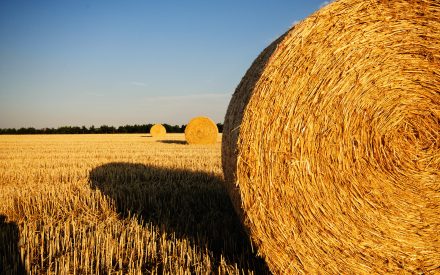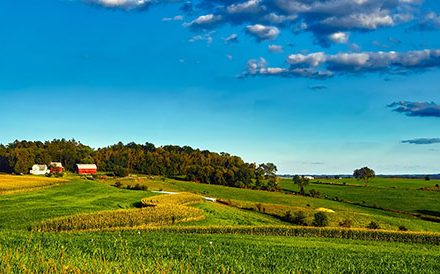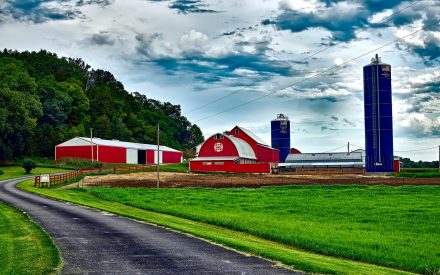Leases play an important role for over 22,600 farms in the state. Yet many farm landlords and tenants are unfamiliar with the components of a lease and the landlord/tenant relationship. According to U.S. Department of Agriculture’s (USDA) Census of Agriculture, the amount of rented land in farms each year continues to rise, with a 1.5% increase in Wisconsin from 2012 to 2017. Farmers lease over 33% of all land in Wisconsin farms, or 4.78 million of 14.32 million acres in 2017.
What is a lease?
A lease is a legally enforceable contract that allows the owner of real estate or personal property (e.g. farm equipment and/or livestock) to convey the right to use that property to a person or business for a designated period of time in return for some type of payment. A lease only provides the right to use or possess the property, unlike the outright sale of property that transfers title, ownership, or gives an equity interest in the property.
What are the types of leases?
Landlords and tenants have a variety of lease types from which to choose depending on their various goals. The most common and popular is the cash rent lease agreement because the lease is simple, the rent is fixed and the owner is relieved of making operating and marketing decisions. Likewise, the tenant (farmer) has maximum freedom to plan and develop their cropping and livestock enterprises. The risk and returns from changing prices, yields, and costs are all accepted by the tenant. Other lease types include crop share lease, flex or flexible lease, and the custom farming contract. Ag Lease 101 has additional information and sample lease agreements.
What should a lease include?
A landlord and tenant are free to choose the type of lease that works best for them. The lease agreement between the parties is critical in determining what rights and duties exist between landlords and tenants. Here are tips for creating a robust, authentic agriculture land lease. Ag Lease 101 has additional information and checklists for drafting a lease agreement.
How do I determine a rental rate?
Determining a fair rental rate can be a challenge. Landlords and tenants often look at various components when establishing a rental rate, though each party may look at different perspectives in achieving a fair and equitable rate. Understanding how to negotiate and pasture rental rate considerations may also come into play when determining a rental rate. Both parties can also use these worksheets to calculate a fair rental rate.
Should a lease be in writing?
It is important that a rental agreement be in writing and agreed upon by both landlord and tenant. There are many advantages of a written agreement, particularly that a lease encourages a detailed discussion of the agreement that leads to a better understanding by both parties and ensuring the continuation of a productive and sustainable landlord-tenant relationship.
Who should pay for repairs or improvements on a rented farm or land?
Farm buildings and land often last longer than the owner has a need for them, but may still be useable by other farmers. These farmers, especially beginning farmers, may not be in a position to invest in new or upgrade existing facilities. Both parties may benefit by entering into a landlord-tenant relationship. The landlord and tenant need to discuss improvements and repairs of the property before the lease begins.
Note: This article is intended to provide general information about legal issues in agricultural leasing and should not be construed as providing legal advice. It should not be cited or relied upon as legal authority. For advice about how the issues discussed here might apply to your individual situation, you should consult an attorney.

 Guidance in Determining an Equitable Agriculture Land Rental Value
Guidance in Determining an Equitable Agriculture Land Rental Value Navigating Lease Agreements for Small Acreage, High Value Crops
Navigating Lease Agreements for Small Acreage, High Value Crops Wisconsin Cash Farm Land Lease Example
Wisconsin Cash Farm Land Lease Example Repairs and Improvements on a Rented Farm or Land
Repairs and Improvements on a Rented Farm or Land


